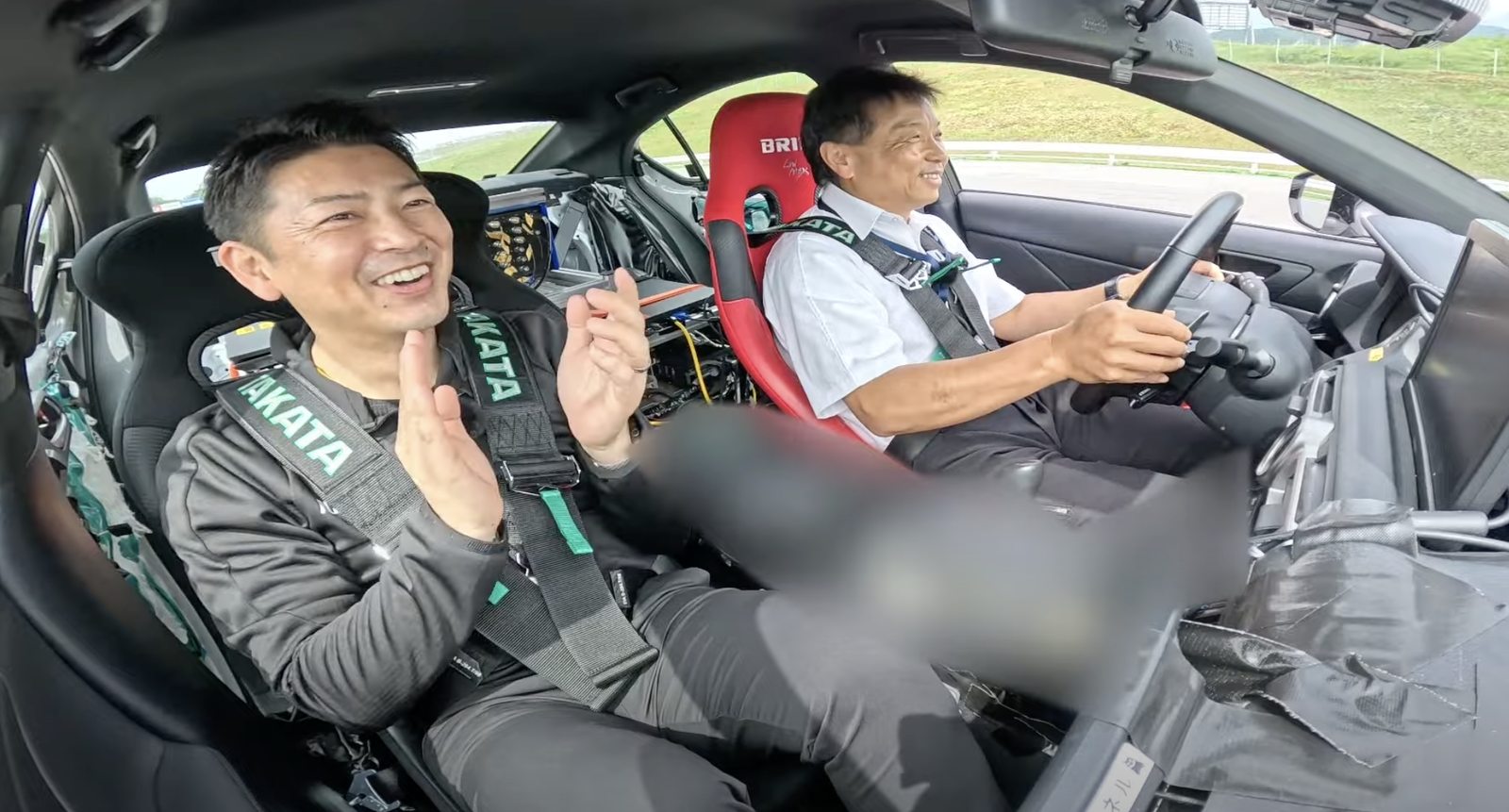Australian State Introduces Separate Supercar Licence

In most parts of the world, driving licences have been basically unchanged for as long as they’ve existed. Take the UK: you can get your licence at the age of 17 (probably having learned in a diesel supermini), and that gives you the legal qualification to drive any car. Massive SUV? Hypercar with four-figure power output? Lightweight track car with no driver assists and semi-slick rubber? As long as you’re insured, it’s all fair game.
As fast cars become ever faster, though, the government of the southern Australian state of, erm, South Australia, has seen fit to take some action: it’s introduced a separate, high-performance driving licence.

The licence applies to what the government calls ‘ultra-high-performance vehicles’ (UHPVs), and rather sensibly, this is based on power-to-weight ratio. Anything with upwards of 370bhp per tonne is classified as a UHPV.
The majority of new cars that fall into this category are what you’d expect: supercars. For instance, every non-SUV currently made by Ferrari, Lamborghini and McLaren all comfortably bests this figure.

This measurement system also means lots of not all that powerful but very light stuff is included, too, like the 210bhp Caterham Seven 420 and 310bhp Ariel Atom 4.
However, actually obtaining the licence doesn’t require any practical element – instead, it takes the form of an online course quizzing drivers on operating a UHPV, the risks associated with them, and the role of driver aids such as tractional control and ABS. In a separate rule change introduced at the beginning of this year, it became illegal for drivers of UHPVs to disable these systems if fitted.

The new licence comes into effect on 1 December this year, although South Australian residents can complete the course now, for a fee of $61 AUD (around £32). Residents of other states travelling into South Australia in UHPVs don’t need to complete the course.
It’s a regulation currently limited to this specific part of Australia – could we see other territories, and even entire countries, adopt similar rules going forward?



Comments